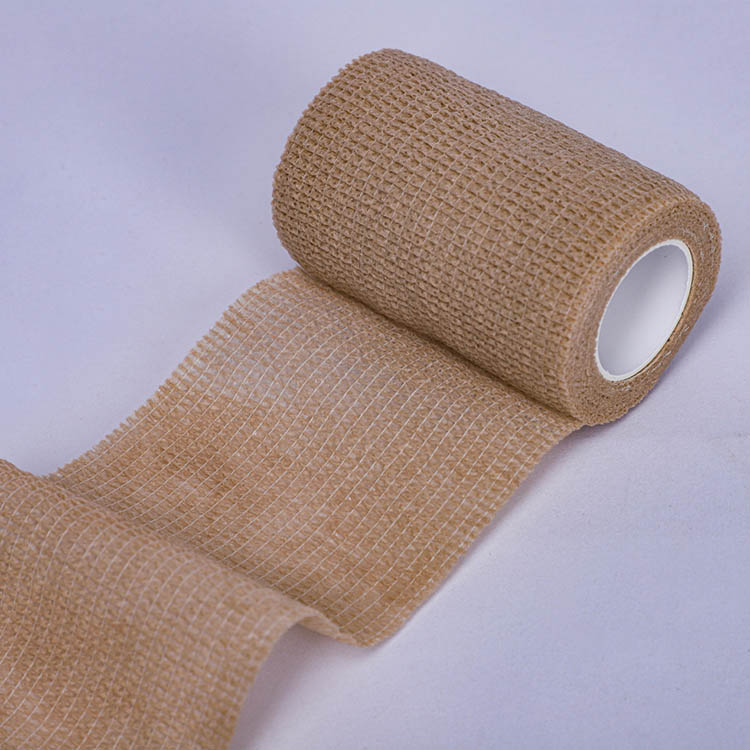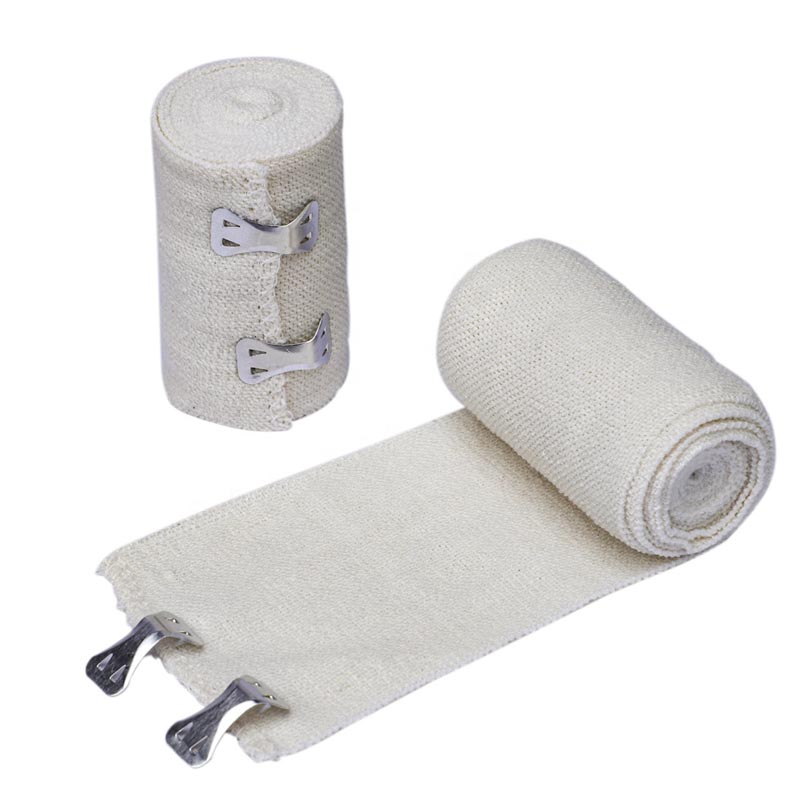What are the advantages of plaster bandage| KENJOY
Plaster bandage fixation is a commonly used clinical treatment for patients with congenital equinovarus equinovarus, spastic cerebral palsy, congenital hip dislocation and fracture, plaster bandage fixation can correct abnormal posture, reduce tension and prevent re-dislocation. it plays an important role in protecting callus and promoting fracture healing. The use of gypsum fixation has the advantages of easy forming and low cost. But once the gypsum is set, it cannot be modified. And it is prone to fracture and deliquescence. Its operation and setting take a long time, and the requirements of traditional gypsum for preparation work are more stringent, so there are many inconveniences and tedious places in the process of application. In recent years, in order to overcome the above shortcomings. In clinical work, a new type of polymer plaster bandage is gradually used for fixation.
Compared with the traditional plaster bandage, polymer plaster bandage has the following advantages:
1. Harmless to the human body.
2. It can be solidified about 5 minutes after immersion, and it is convenient for doctors to operate.
3. Its strength is more than 20 times that of plaster bandage, so the unsupported part only needs 2-3 layers, and the supporting part can be tied with 4-5 layers, so it does not affect clothing in cold areas.
4. 5 times lighter than plaster bandage, lightening the burden on the fixed part.
5. Excellent air permeability, can prevent itching, odor and skin bacterial infection, can avoid the occurrence of skin atrophy.
6. After being fixed, it is not afraid of water and moisture, and can take a bath and take a shower.
7. The X-ray transmittance is 100%, and you don't have to open it when you revisit and take pictures, so you can save patients' expenses.
Indications for plaster fixation:
1. open or closed fracture fixation, temporary or therapeutic fixation before operation.
2. deformity correction and maintenance position.
3. Fixation after reduction and internal fixation of fracture and joint dislocation.
4. Fixation of joint sprain.
Contraindications for plaster fixation:
1. confirmed or suspected anaerobic infection in the wound.
2. patients with progressive edema.
3. The whole body is in bad condition, such as shock patients.
4. patients with severe heart, lung, liver, kidney and other diseases.
5. it is not easy for newborns and infants to be fixed with plaster for a long time.
Treatment time and course of treatment
The plaster bandage was fixed for one week. After removing the plaster, the patients were treated with manual massage during the plaster bandage fixation period after an interval of 2-3 days, 2-3 times a day for 10-15 min each time. This is to let the ligament gradually relax after pulling, fully adapt to the length after correction, and prevent its retraction. 6 consecutive times as the basic treatment, if the effect is not satisfactory, it can be increased to 8 times 12 times. Every time the plaster is changed, the degree of foot abduction and dorsal extension can be strengthened, and attention should be paid to the reconstruction of the arch of the foot.
The above is an introduction to the advantages of plaster bandages. If you want to know more about plaster bandages, please feel free to contact us.
Learn more about KENJOY products
Post time: Mar-25-2022



